Quarterly Investment Update – 3rd Quarter 2010
QUARTERLY INVESTMENT UPDATE
3 RD
QUARTER 2010
October 05, 2010
Dear Friends and Clients,
Economic and political uncertainty dominated financial markets during the third quarter, fueling a continued exodus of small investors from U. S. stocks and a buying binge of bonds and gold. Still, all the major stock indexes rallied during the second quarter with the Standard & Poor 500 Index gaining 10.72% to 1141.20. However, stocks have struggled to make head way in this second calendar year of the bull market that began in March 2009. What is going on? We will have to address that question in much more detail in our upcoming “Annual Investment Update” that we will be sending out before the end of the year. But for now, let’s review the third quarter performance of the financial markets.
After a strong July, stocks limped to their worst August performance since 2001. The Standard & Poor 500 Index declined 4.5% in August and, at the end of August, was down 4.62% for 2010. That was then, this is now. A month ago, worry dominated Wall Street’s mood. Today, after the biggest September advance (in percentage terms) in the Dow since 1939, the shoe is on the other foot. A buoyant mood prevails, at least among equity traders, and the bears are in retreat.
Since the beginning of September, we have had a brisk rally, despite a few dips, what gives? The economic numbers have not exactly lit up the sky. I think a lot of investors have been betting on a Republican takeover of Congress. There may be an irony in the making, though. The event folks are hoping for – when and if it occurs – could prove less revolutionary than they expect. A modest shift in the balance of political power is not going to solve America’s deep – seated fiscal problems overnight. As this truth dawns on more people, we feel that the stock markets will give back at least a portion of its gains. After the huge gains the stock market posted last month, it is only reasonable to expect some backing and filling as traders take profits ahead of the flood of corporate earnings reports due later in October.
As prudent investors, can we still ring up enough profits during the rest of the current market cycle to justify a sizable commitment to common stocks? Part of our plan, of course, is to always own the right stocks and mutual funds. That is where, we feel, the biggest profits lie in wait. But, as we discussed in the past, it is also essential to manage our fixed – income assets wisely in order to generate the desired income yield.
Meanwhile, we’re maintaining a two-pronged strategy: As long as there is a reasonable prospect for double-digit returns, we will want to continue to maintain a substantial exposure to common stocks (and mutual funds). But we will also take profits more frequently so that we could gradually increase our weighting in fixed-income securities as Wall Street’s bull matures.
As far as the equity portion of our portfolios, we added positions in Enerplus Resources Fund (ERF), Raytheon Company (RTN), AT&T, Inc. (T), Visa (V), Verizon (VZ) during the quarter. We sold our positions in Visa (V), and Google (GOOG). Both are still very good companies but we wanted to raise the additional cash for better opportunities. We also sold our small positions in Apollo (APOL) and Research In Motion (RIMM). Both of these companies’ earnings momentum has diminished significantly and felt that the cash could be put to better use.
In the fixed income area, skimpy yields on bonds and cash equivalents meant that we were busy purchasing “bond substitutes” or in this particular case, master limited partnerships, such as Niska Gas Storage Partners (NKA) and Tortoise MLP Fund (NTG). NKA currently has a yield of 7.4%, while NTG is currently estimated to yield 6.7% with most of the distributions qualifying as a tax deferred return of capital. As far as bonds are concerned, we added two bond funds that focus on intermediate maturities, typically five to eight years. The Dodge & Cox Income Fund (DODIX) has an average duration of 3.8 years and a current yield of 4%. The Double Line Total Return Bond Fund (DLTNX) currently is investing heavily in mortgages and has an ultra-low average duration of two years, which implies a fast payback of principal. This fund has a current yield of 12% and pays dividends on a monthly basis. Additionally, DLTNX was purchased through Schwab fee-free, which means there should be no brokerage fees associated with the “buys” and “sells” of any transactions on this bond fund. Granted, the share prices of these funds will fluctuate, but we feel they will reward us well with the income over the next year or two.
We want to thank all of you for giving our firm the opportunity to serve you. We thank you very much for the trust and confidence you have placed in our firm as it is always appreciated. Please contact me should you have any questions or comments.

